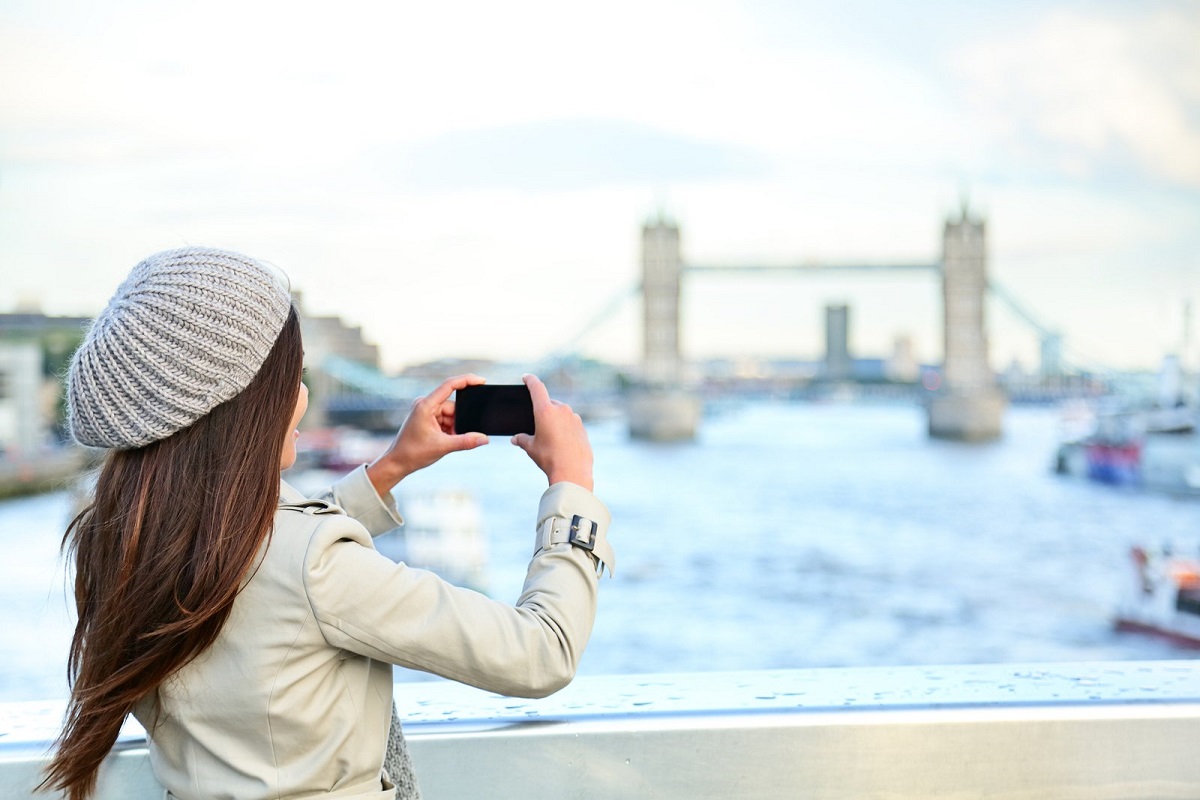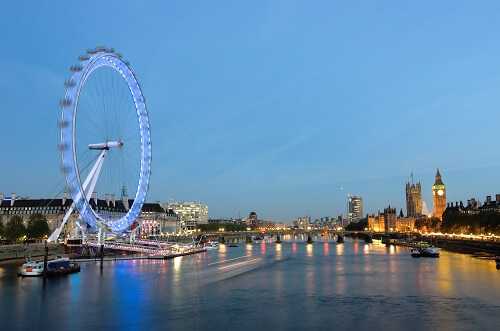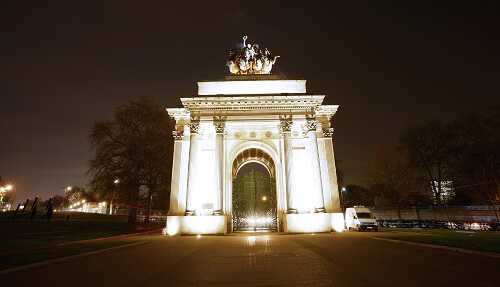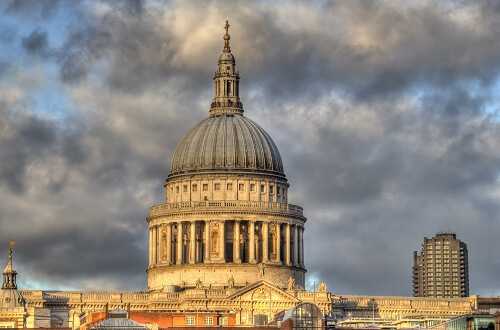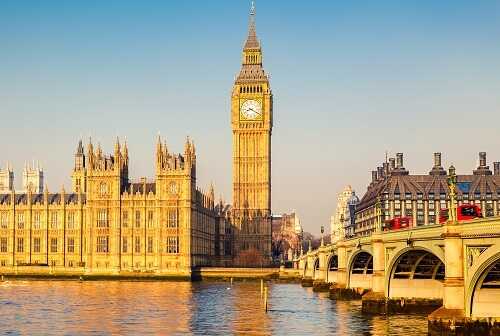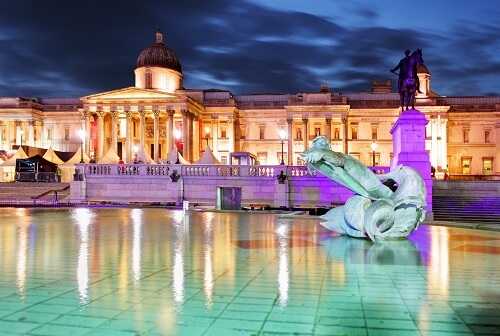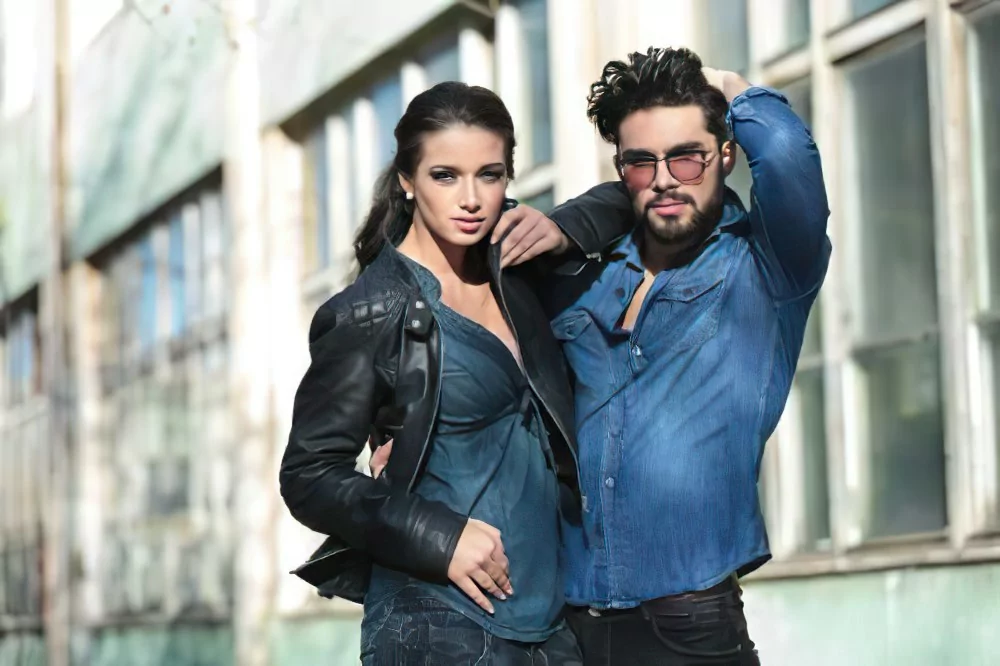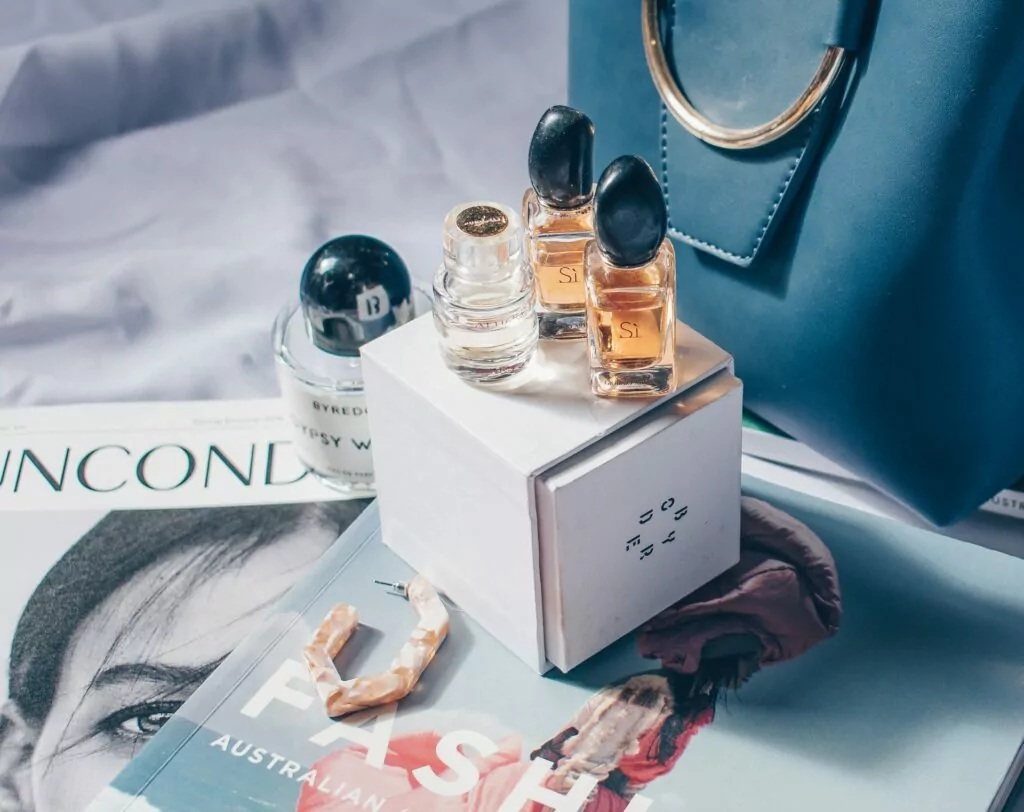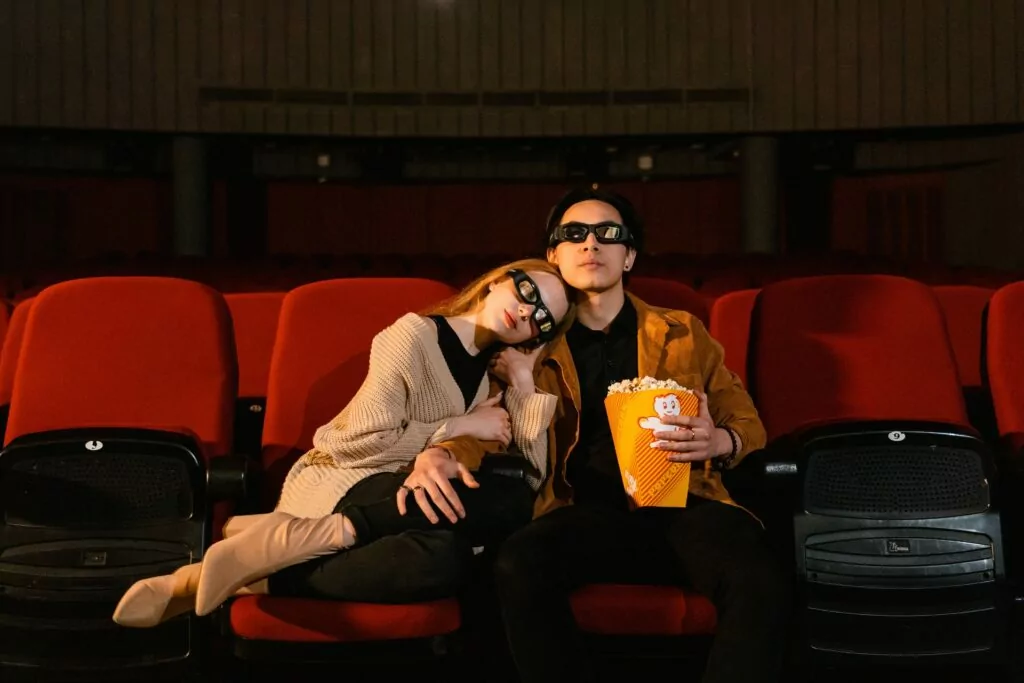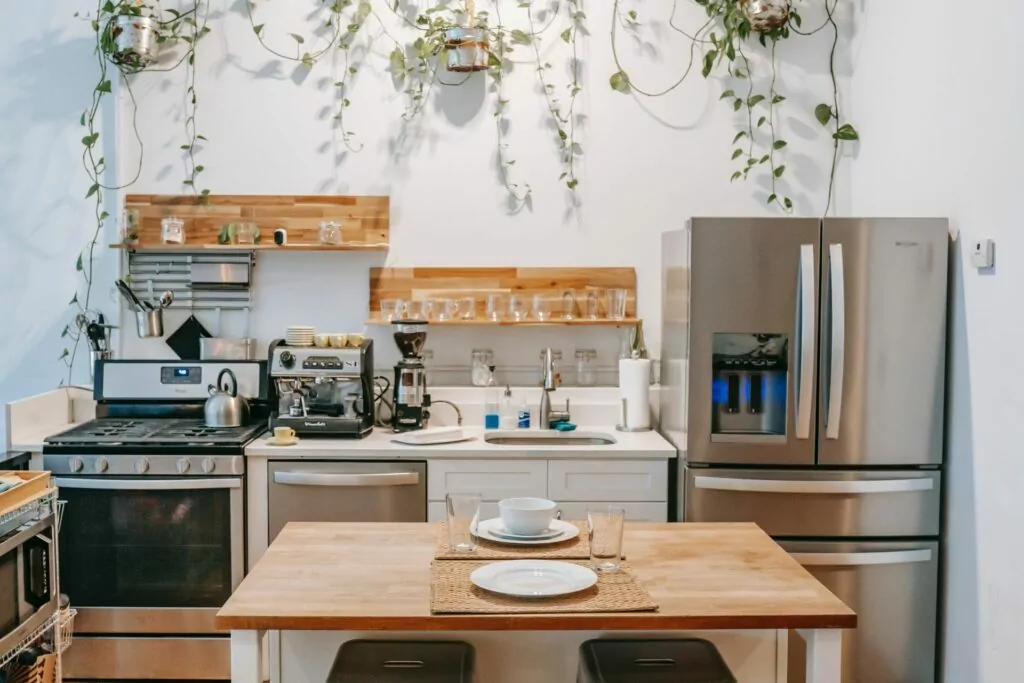Taking a trip to London is an exciting time for any dedicated traveler, especially those who love to take photos. The city and its surrounding boroughs have so many picture opportunities that it can often seem overwhelming where to start.
Before packing your camera gear, there are a few things to keep in mind as far as where you are permitted to take pictures and which accessories you will be allowed to use. It also helps to have a list of locations you want to visit beforehand to make sure you get to all of them. The following are some guidelines to follow and suggestions to get you started.
Security Guidelines for Photography in London
When looking for places to take interesting shots in London, there are plenty of good locations; however it is important to know the photography guidelines before you go. Many public places in London are owned privately, and local security does not allow photography with semi-professional or professional equipment, namely tripods.
The London Eye and Canary Wharf are two examples of this restriction, and the British Transport Police also prohibit tripods in the London Underground and other railway stations. Most museums also do not allow them as well. Knowing these photography rules and guidelines in advance will prevent possible later inconvenience.
Night Photography in London
Taking photos in London at night is a must for any photo enthusiast; many places in the city are vividly illuminated. Popular places for night photography include Hyde Park Corner, Piccadilly Circus, and Marble Arch. These are busy and crowded areas, so there are plenty of opportunities for interesting and unique shots.
For those who would like to try locations a little further away from popular London tourist spots, try some photography in Spitalfields, Brick Lane, or around the Truman Brewery. These are great spots for multicultural street scenes, and you will take away some unique London photos as a result.
Best Times of the Day for London Photography
Overcast weather, fog, and shadows can make capturing a good shot a bit more of a challenge in some locations. As a general rule, sunset and sunrise offer the best light for photography. A good example is Primrose Hill, which offers a beautiful view of the city below.
These times of the day or evening reveal the best colors of London. Ludgate Hill is another such vantage point; it overlooks St. Paul’s Cathedral, and it is a highly recommended photography vantage point. This London location at sunset allows for capture of the cathedral without difficulty of exposure against a too-bright sky.
Architecture Photography in London
London has a long and rich history that is reflected in its architecture, and its many historical buildings afford chances for memorable photography. Start out along the famous River Thames, and you will have an ideal vantage point to capture shots of the Houses of Parliament, Westminster Abbey, and the replica of Shakespeare’s Globe Theatre, just to name a few London landmarks.
Visiting and shooting the works of Christopher Wren is a must for the London visitor interested in architecture photography. Wren was the main architect who rebuilt the city after the Great Fire, and his works include many well-known cathedrals.
A Guide to London Museum Photography
London is a veritable treasure trove of museums, and many of them have different restrictions when it comes to photography. The most permissive one is the British Museum, which allows photography even with flash, although tripods are not allowed.
The Tate Modern Museum does not permit photography inside the building itself, but the outer lobby affords some good shots of the river below. Many other museums have dynamic architecture on the exterior, but be sure to stow your camera away once you enter since no photos are allowed inside. Another popular photography spot is the London Zoo at Regent’s Park.

